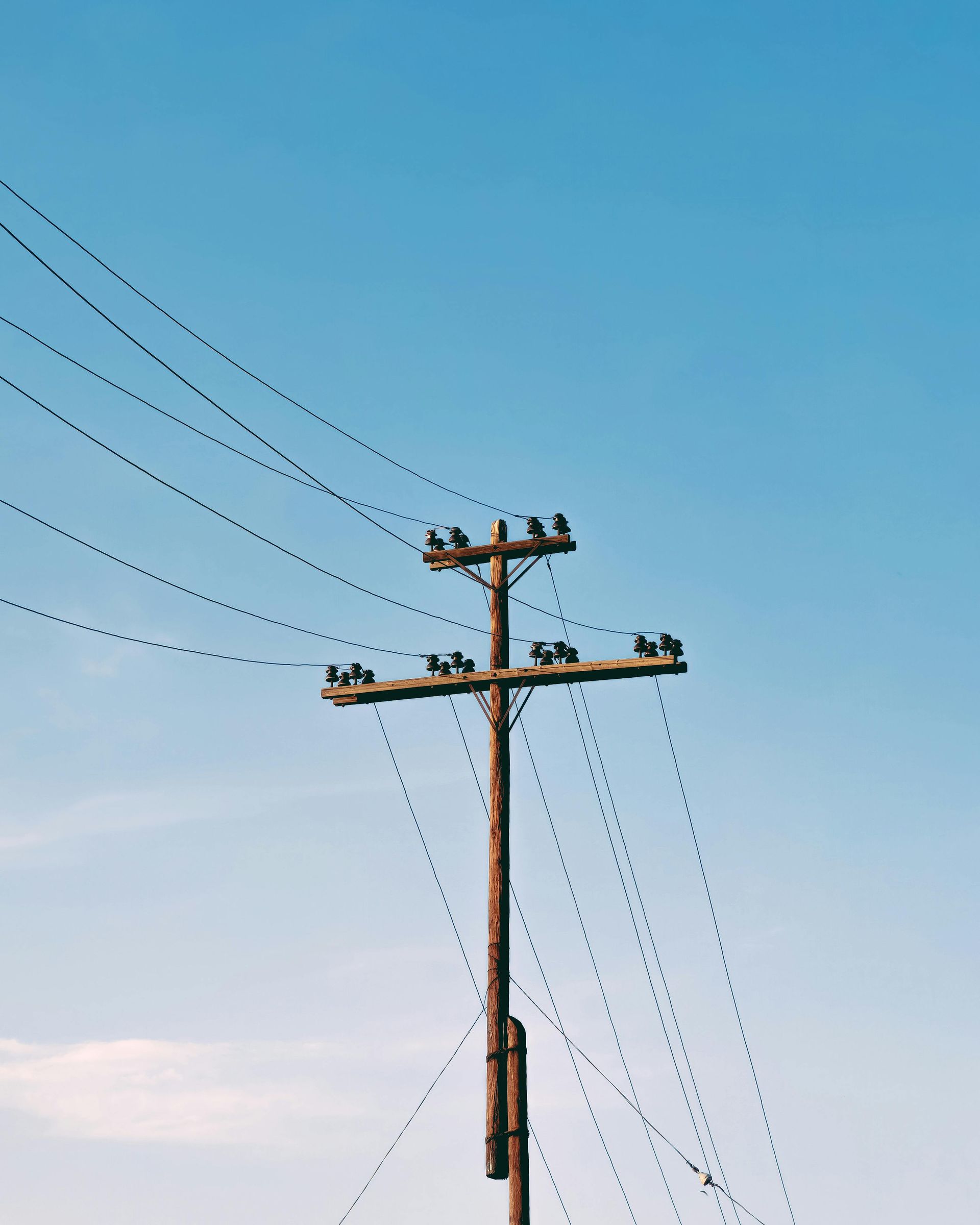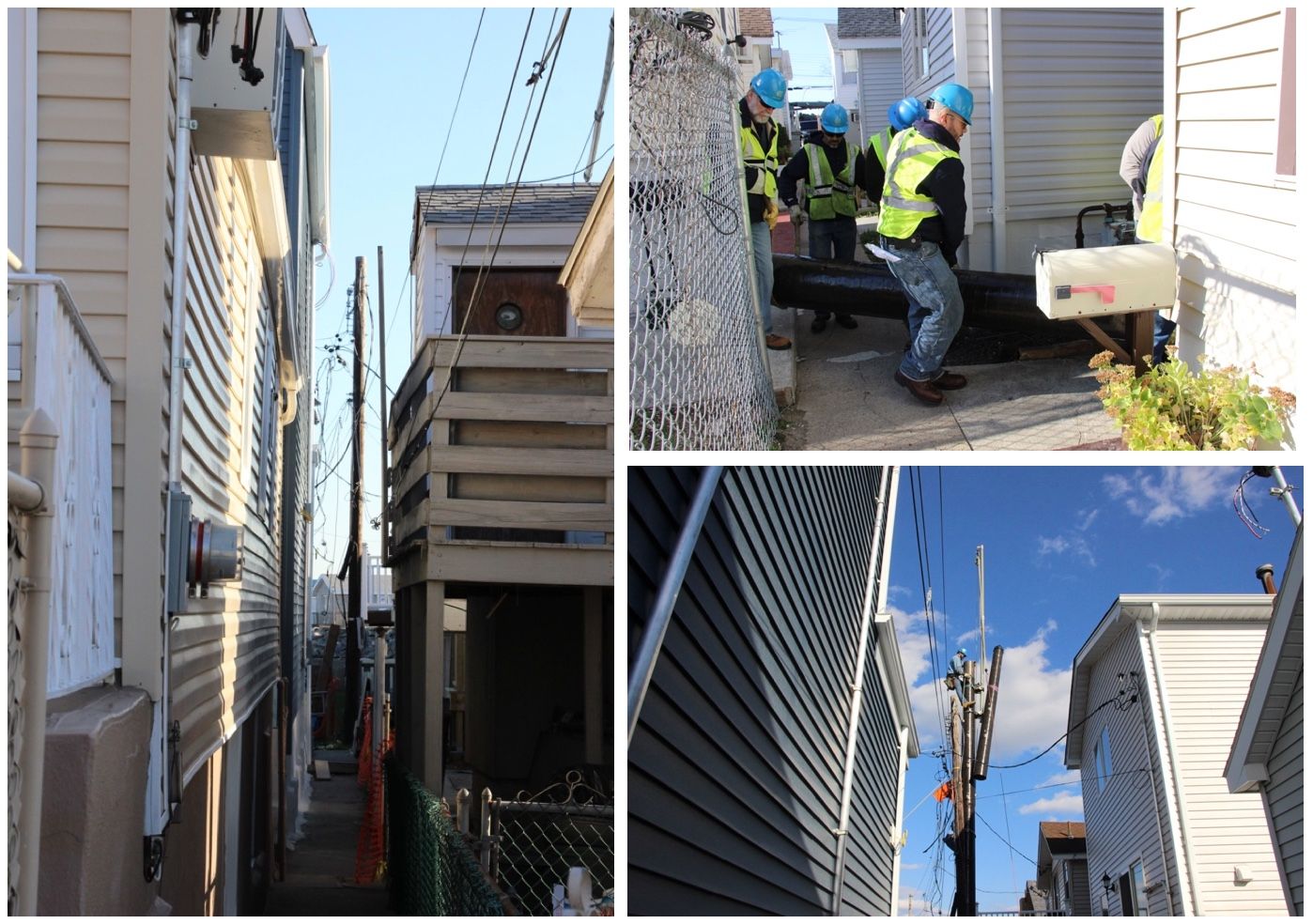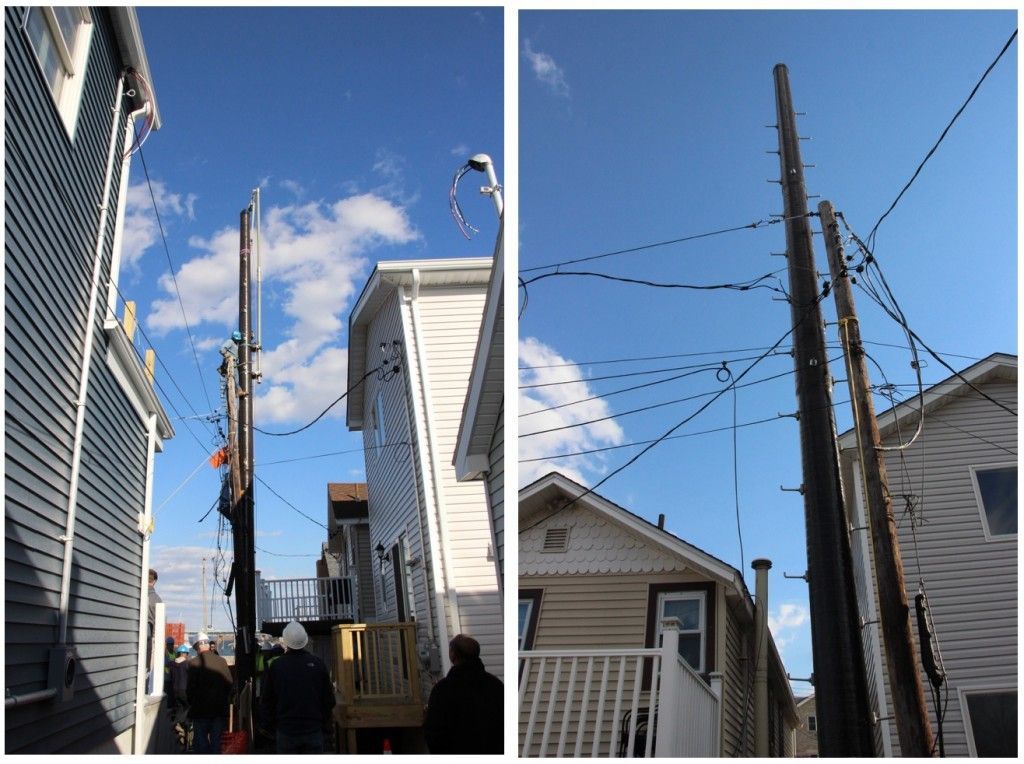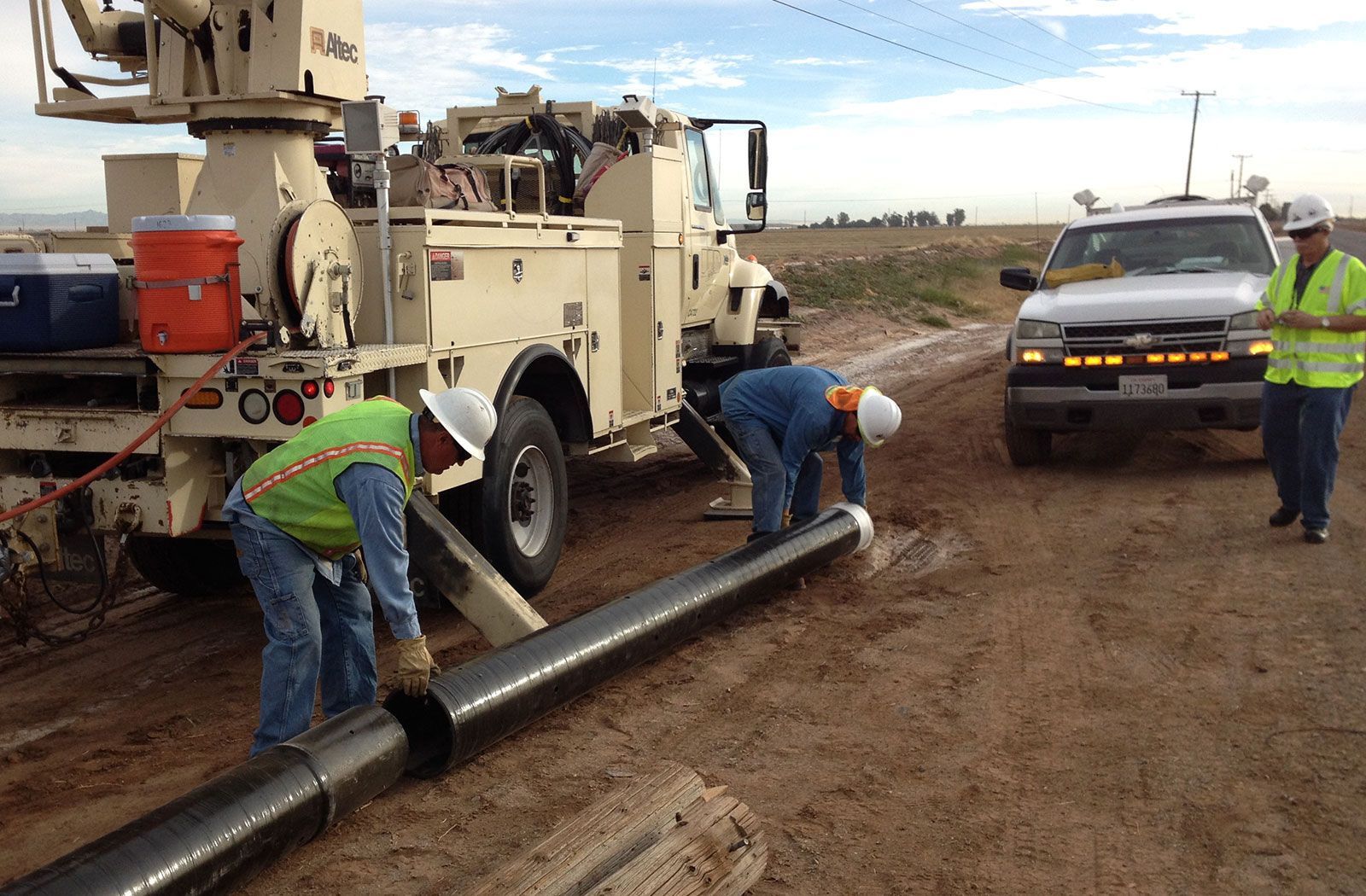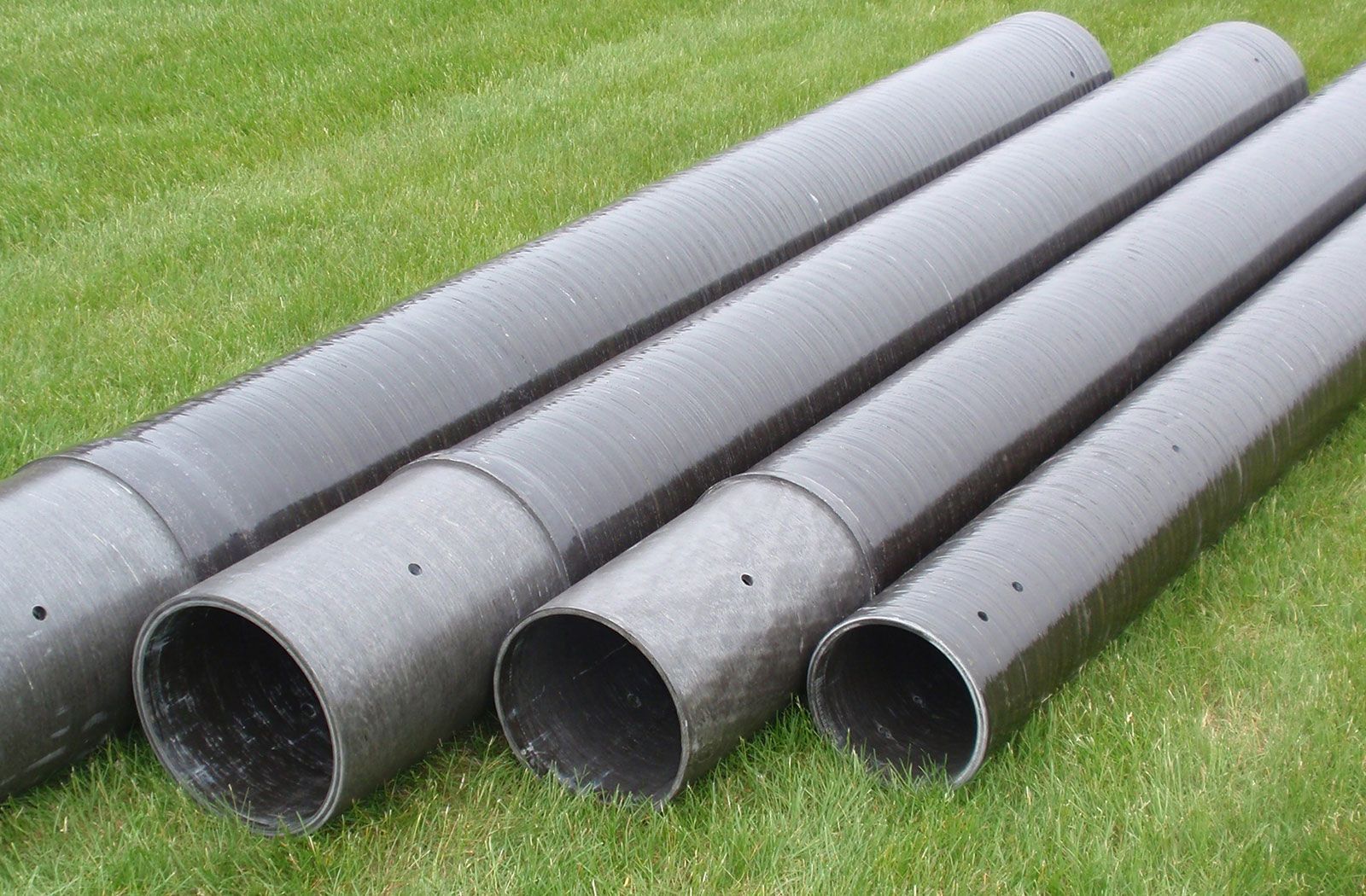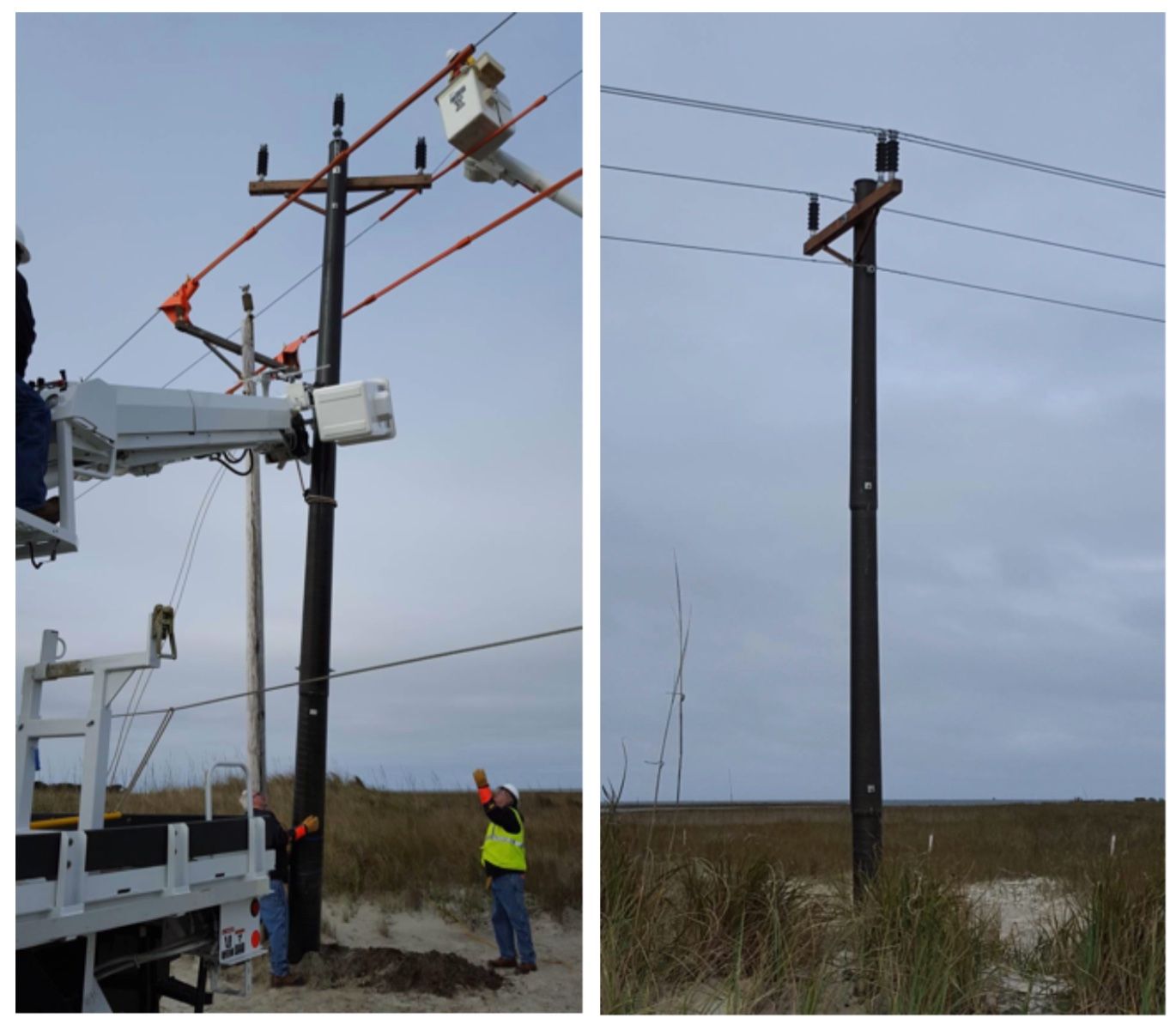Utility Pole Installation: Cutting Crew Time with Lightweight Sectional Poles
Utility Pole Installation: Cutting Crew Time with Lightweight Sectional Poles
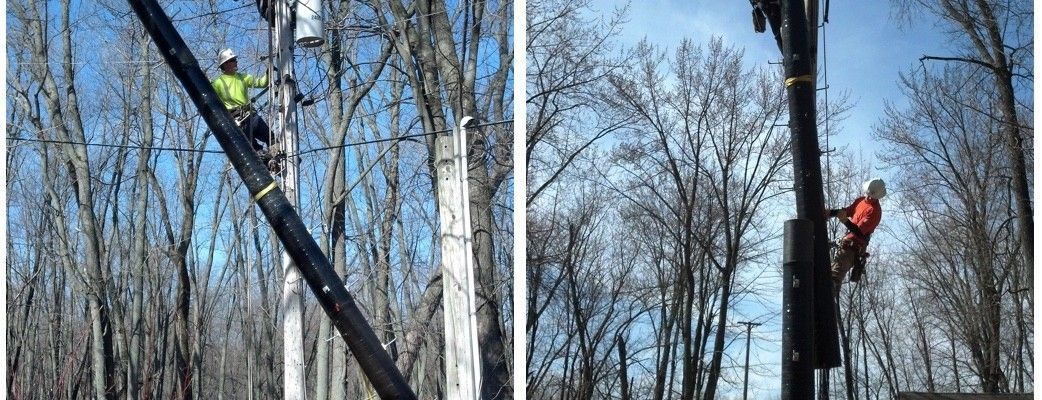
The access problem you actually face
Most utility pole installation delays stem from constrained access, safety risk near customers, and restoration deadlines. In many neighborhoods, large trucks cannot reach the set point, and overhead lines or garages block tilt-up installs. Remote rights-of-way multiply staging moves; every additional lift, mat, or specialty tool adds time, exposure, and cost.
Sectional construction changes the sequence
With short, lightweight segments that join via true slip-fit joints, crews can hand-carry pieces to the hole and assemble vertically in place. No threading a full-length pole past fences or low wires. On remote lines, lower total weight opens options from smaller cranes to helicopter assist, simplifying logistics and shrinking the work footprint. That can be the difference between a one-day job and a multi-day production with frustrated customers.
Safety and property protection
Fewer heavy machines in yards means lower risk to people, landscaping, and structures. Reduced ground pressure in wetlands, shorelines, or soft soils means fewer access pads and faster cleanup. Standardized joints and repeatable steps tighten training and reduce variability between crews—crucial when mutual-aid teams arrive after storms or when contractors rotate.
Restoration speed during peak events
Because Intelli-Pole segments are interchangeable, a damaged section can often be swapped without replacing the entire structure. Stocking common segments shortens lead times and lets more crews work in parallel. That strategy directly supports SAIDI/SAIFI by returning customers to service sooner with smaller, safer repairs—and reduces fatigue on crews already stretched during peak events.
Pre-job planning checklist
Before the truck rolls, align field and engineering on basics: target hole depth and soil conditions, segment count and lengths, clearances to energized conductors, traffic control plan, and homeowner notifications for back-yard work. Confirm staging space, crane or winch requirements (if any), and the sequence for removing the existing structure. A brief tailboard with photos or a short video of the method often eliminates hours of guesswork later.
Crew makeup and tools
A typical vertical assembly uses a compact crew: two lineworkers on the ground, a third on rigging, and a fourth managing conductor position and safety. Hand-portable rigging, a capstan or lightweight winch, and a standard tool kit cover most installs. Because segments are consistent, crews repeat the same motions—stack, align, slip-fit, secure—until design height is reached, then attach hardware. That repeatability makes training easier and reduces error rates for new contractors.
Avoid these common pitfalls
- Underestimating access constraints. Walk the route and measure clearances; assume the tilt-up path is unavailable.
- Forgetting restoration. Price sod, hardscape fixes, and fence adjustments into every back-lot job.
- Over-specifying equipment. If segments allow hand-carry, don’t default to large cranes—smaller gear improves safety and cost.
- Skipping interchangeability. Segment swaps are the backbone of rapid restoration; write it into the spec and stocking plan.
Where this matters most
Back-lot replacements, narrow ROWs, remote terrain and long spans, coastal/corrosive zones, wetlands, and roadside-strike corridors. For use-case context across these environments, scan Applications; to see the maintenance and life-cycle impact, review Benefits. Round it out with a quick refresher on materials in Types of Utility Poles.

